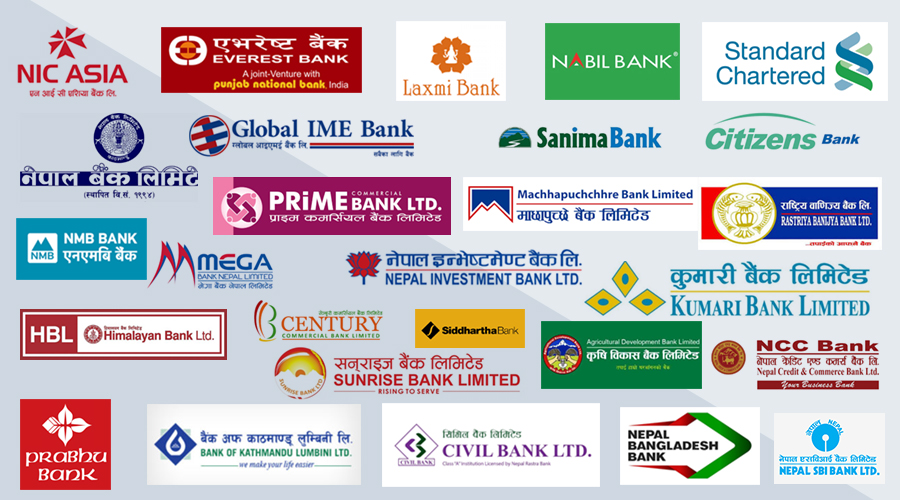KATHMANDU: Banks are considering further reductions in loan interest rates due to an excess of loanable funds in the sector. During a recent program, Sunil KC, the president of the Nepal Bankers’ Association (NBA), mentioned that banks had already lowered lending rates by over one percentage point in the past year. With the base rate of most banks now in single digits, KC anticipates further decreases in the coming days.
In November of the previous year, borrowers faced interest rates as high as 18 percent due to a liquidity crisis in banks. However, in recent months, banks have started reducing interest rates as liquidity conditions improved.
Excess liquidity, stemming from reduced loan demand, has brought interbank interest rates down to 1.89 percent from over eight percent in the past year. As of last week, banks had lent a total of Rs 4.979 trillion while collecting deposits of Rs 5.940 trillion. The credit-deposit ratio has sharply decreased to 81.02 percent, as per Nepal Rastra Bank records.
Sunil KC highlighted that banks have invested over Rs 1.7 trillion in Nepal’s private sector, with a significant portion allocated to productive sectors like energy, agriculture, and small enterprises. Notably, more than Rs 300 billion has been invested in the hydropower sector.
KC emphasized the need to simplify hedging procedures to attract more foreign direct investment and suggested that improving the country’s credit rating would encourage additional capital from foreign investors.
Despite these positive trends, banks are grappling with challenges in recovering increasing bad debts. This has led to a 28 percent decline in banks’ profits on average, and the return on equity has dropped to 8 percent from over 20 percent a decade ago.

